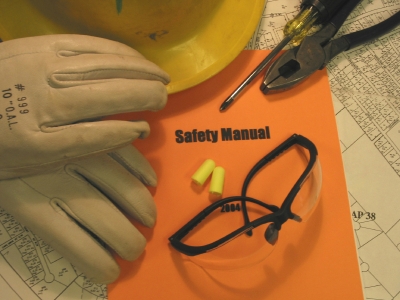- Cal-OSHA starts with the written program. You should not (but do keep your old program intact while you build the new one).
- Do start with the supervisors who oversee the productive part of whatever you do.
- Introduce a weekly or bi-monthly form that documents day-to-day behavior reinforcement. A month later add a weekly safety assessment/fix to the mix, the next month add weekly group meetings, all on the same form. Provide training and define expectations as each new component is added. To effectively support these required activities create forms that must be filled out completely in a given time frame. The frequency of completing a form can be adjusted depending on risks inherent in a work area, but the form should always be designed to be filled out completely in any given cycle. Learn about performance support and job aids, and develop multi-level performance support forms to guide and document your program. Job Aids Basics – Joe Willmore Job Aids & Performance Support – Allison Rossett & Lisa Schafer A simple checklist-style form that includes only basic details can guide and capture essential activities — including behavior reinforcement, safety assessment/fix, and tailgate training. Keep each form to a single page. Also, consider desktop/smart phone/tablet applications as alternatives to paper forms.
- This approach is completely scalable. Delegate to all departments and levels — design interlocking performance support forms that culminate in a monthly Safety Activity Report submitted by the safety manager to the owner/CEO. If supervisors are required to engage in behavior support conversations, then the department manager's monthly form should include confirmation that the supervisors are fulfilling the required behavioral support activities and an assessment of the quality of their work, and so on.
- Look to the Injury and Illness Prevention Program requirements for those activities that should at some point be integrated into the Safety Performance Support Forms — likely activities include either doing, assessing, or assuring the doing of: behavior enforcement and reinforcement; training (new employee, new hazard, tailgate, etc.); inspection; day-to-day hazard identification and correction; accident investigation; employee suggestions, and so on.
- Incorporate other compliance areas (HazCom, Heat Illness Prevention, Lockout/Tagout) into your performance support forms as training, inspection, and behavior reinforcement activities.
- Six months after you start this process consider rewriting your IIPP to reflect what you are actually doing.
Translating Safety Management Compliance
Requiring safety management programs is not an either/or dilemma of compliance or safety, and effective safety management does reduce injuries and associated costs.|






